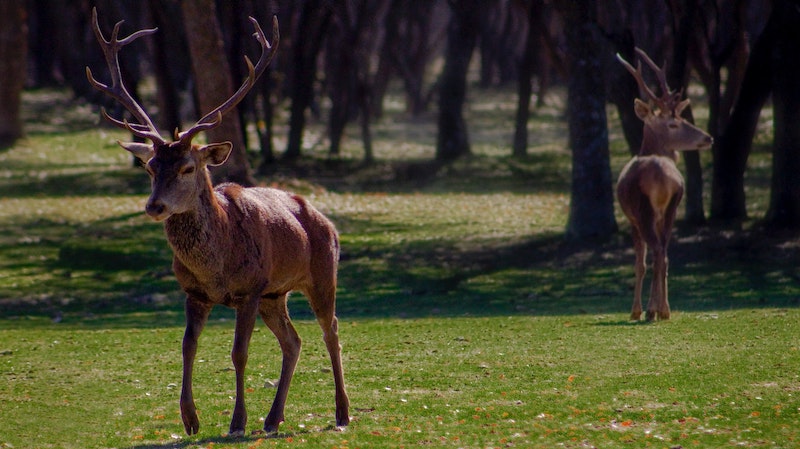Blanket flowers, also known as Gaillardia, are popular ornamental plants known for their brightly colored, daisy-like flowers. These plants are native to North and South America and are often used in gardens and landscaping. While some animals, such as hummingbirds and butterflies, may be attracted to the nectar in the flowers, other animals, like deer, may not be as interested in them. In fact, deer tend to prefer other plants over blanket flowers.
However, this can vary depending on the availability of other food sources and the specific preferences of the individual deer. As for the seasons, blanket flowers are generally more likely to be eaten during the spring and summer when they are actively growing; blanket flowers die back in most climates during the winter and are not visible to deer.

According to Rutgers University, blanket flowers are rated as "occasionally severely damaged" on their rating scale for resistance to deer damage. While blanket flowers may not particularly attract deer, they may occasionally eat them, particularly if other food sources are scarce. However, it is important to note that this rating is based on observations in a specific location and may not necessarily apply to all areas. In addition, the extent to which deer will damage blanket flowers can also depend on various factors, such as the density of the deer population and the availability of other food sources.
| Rarely Damaged |
| Seldom Severely Damaged |
| Occasionally Severely Damaged |
| Frequently Severely Damaged |
Keeping Deer Away From Blanket Flowers
There are several ways to keep deer away from blanket flowers and protect them from damage. One option is to use a deer repellent, which can be applied to the plants to make them less attractive to deer. Several deer repellents are available on the market, including those that use scent, taste, and touch to deter deer. Follow the directions on the product label and reapply the repellent as needed. Another option is to use physical barriers, such as fences, to prevent deer from accessing the plants. Fences can be particularly effective if they are tall enough (at least 8 feet) and constructed in a way that makes it difficult for deer to jump over or crawl under them. In some cases, it may also be possible to plant blanket flowers in areas that are less attractive to deer, such as areas with strong winds or close to plants with strong scents or textures that deer find unappealing.

Will Blanket Flowers Come Back After Deer Eat Them?
If deer have eaten blanket flowers, they can regrow, but it will depend on the extent of the damage and the plant's overall health. One way to help the plant recover is to prune off damaged or dead stems and leaves. This will allow the plant to focus on regrowing new, healthy growth. It is also important to provide proper care for the plant, including watering it in hot weather and applying a balanced fertilizer to help it recover. Fertilize blanket flowers lightly in the spring when they are actively growing. After damage from deer, blanket flower may not flower again until it has had a chance to establish new growth.
Sources: Rutgers New Jersey Agricultural Experiment Station ‘Landscape Plants Rated by Deer Resistance’ 2018
 |
Author Chris Link - Published 2-3-2023 |
